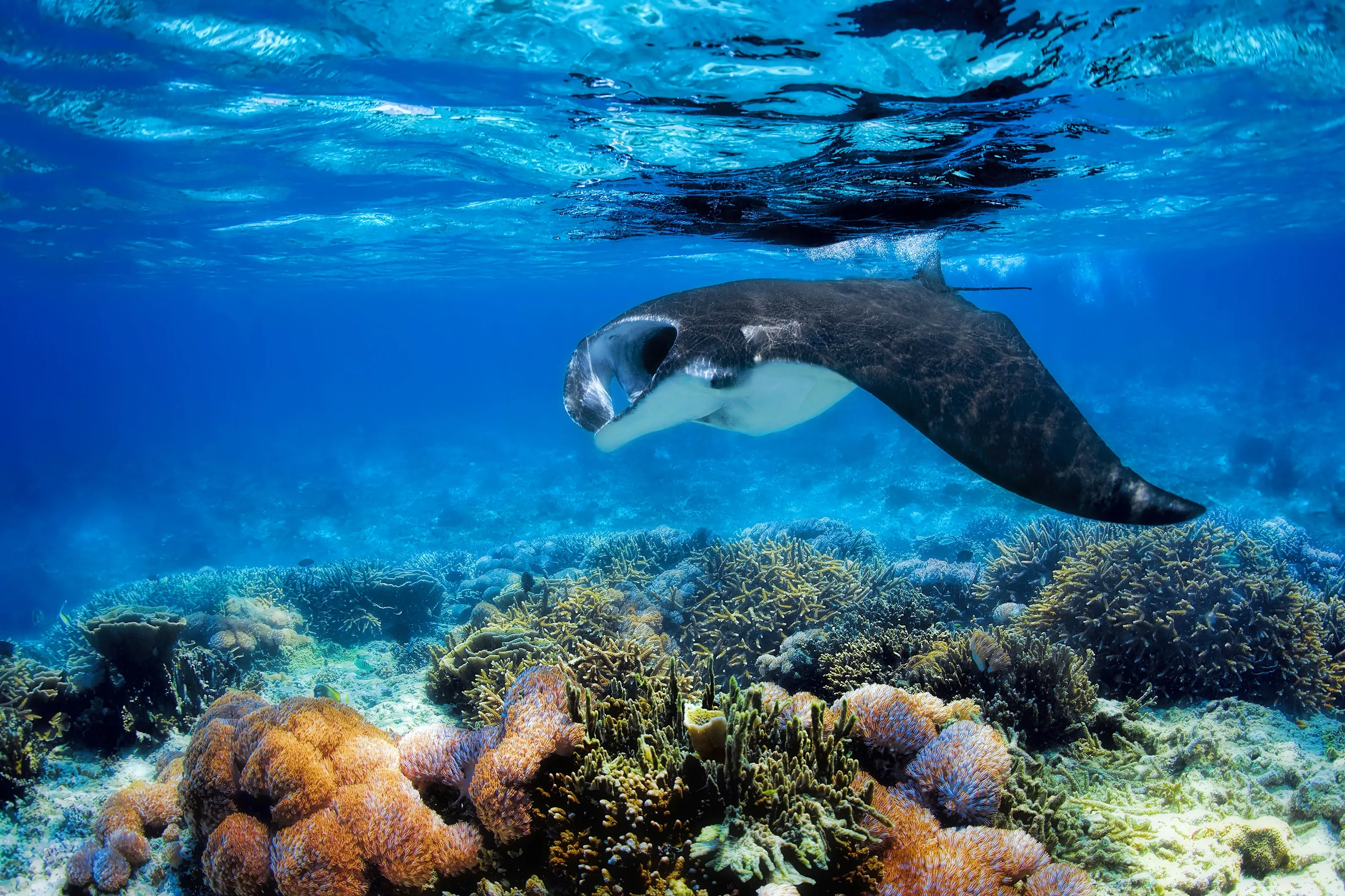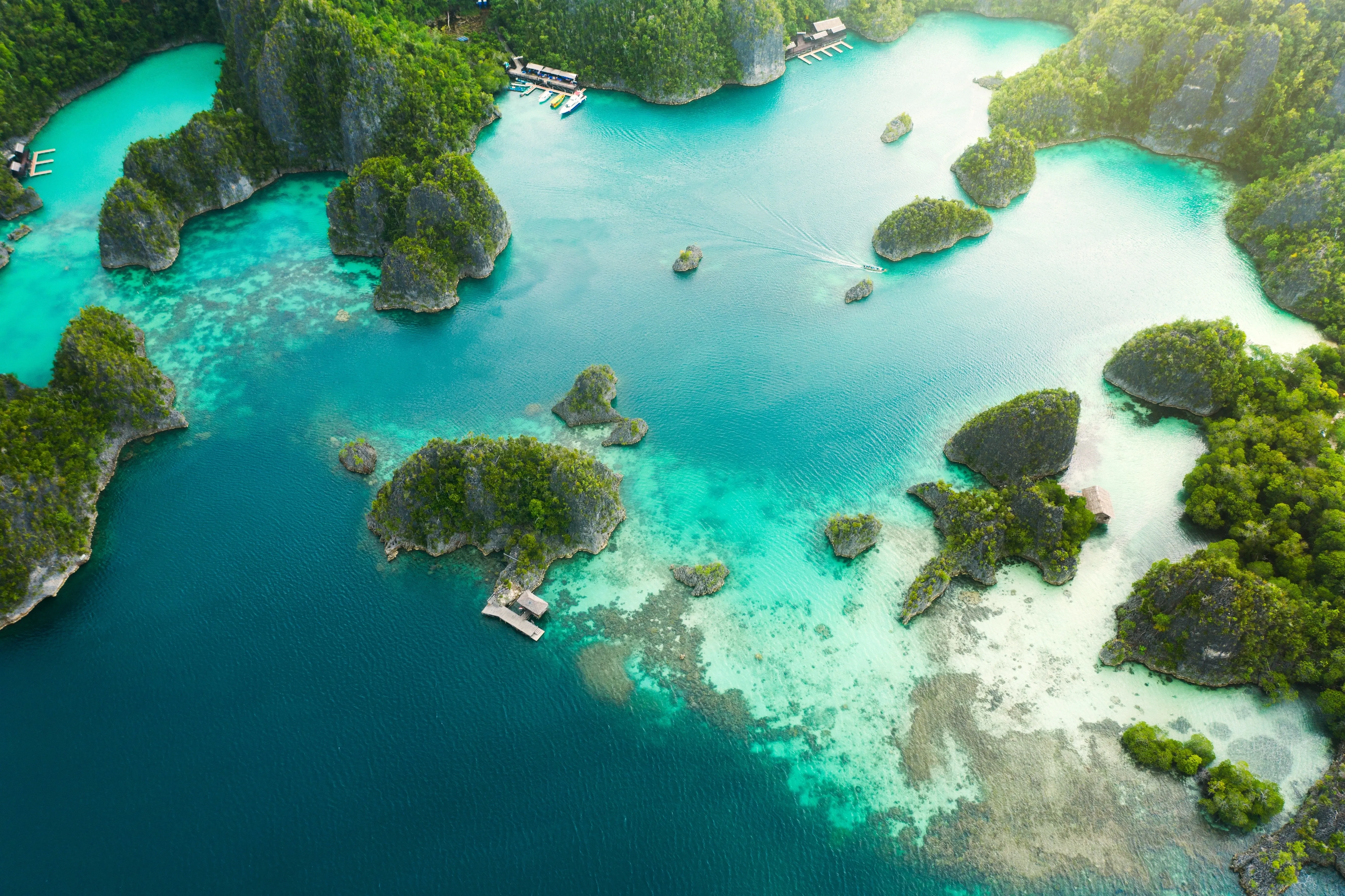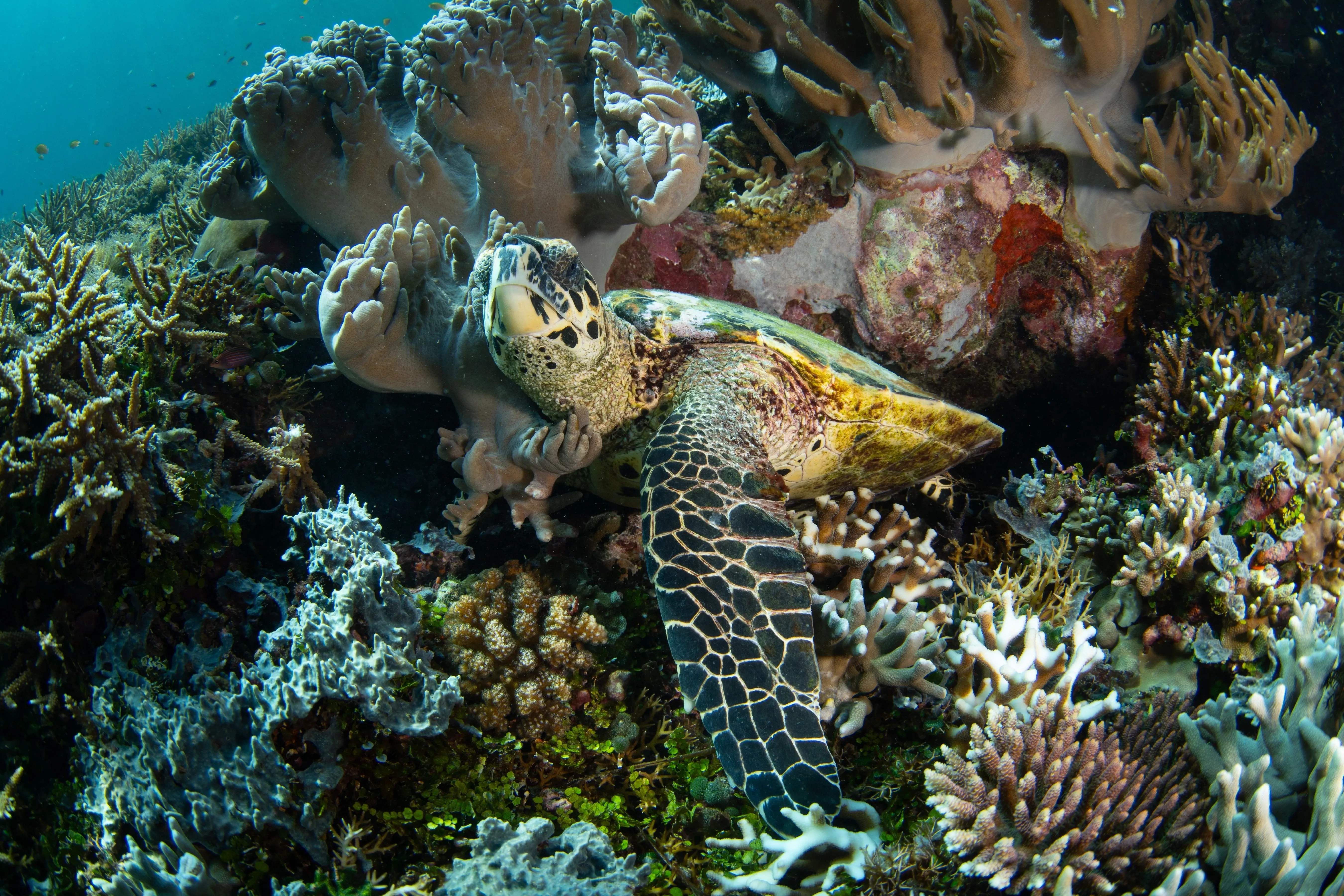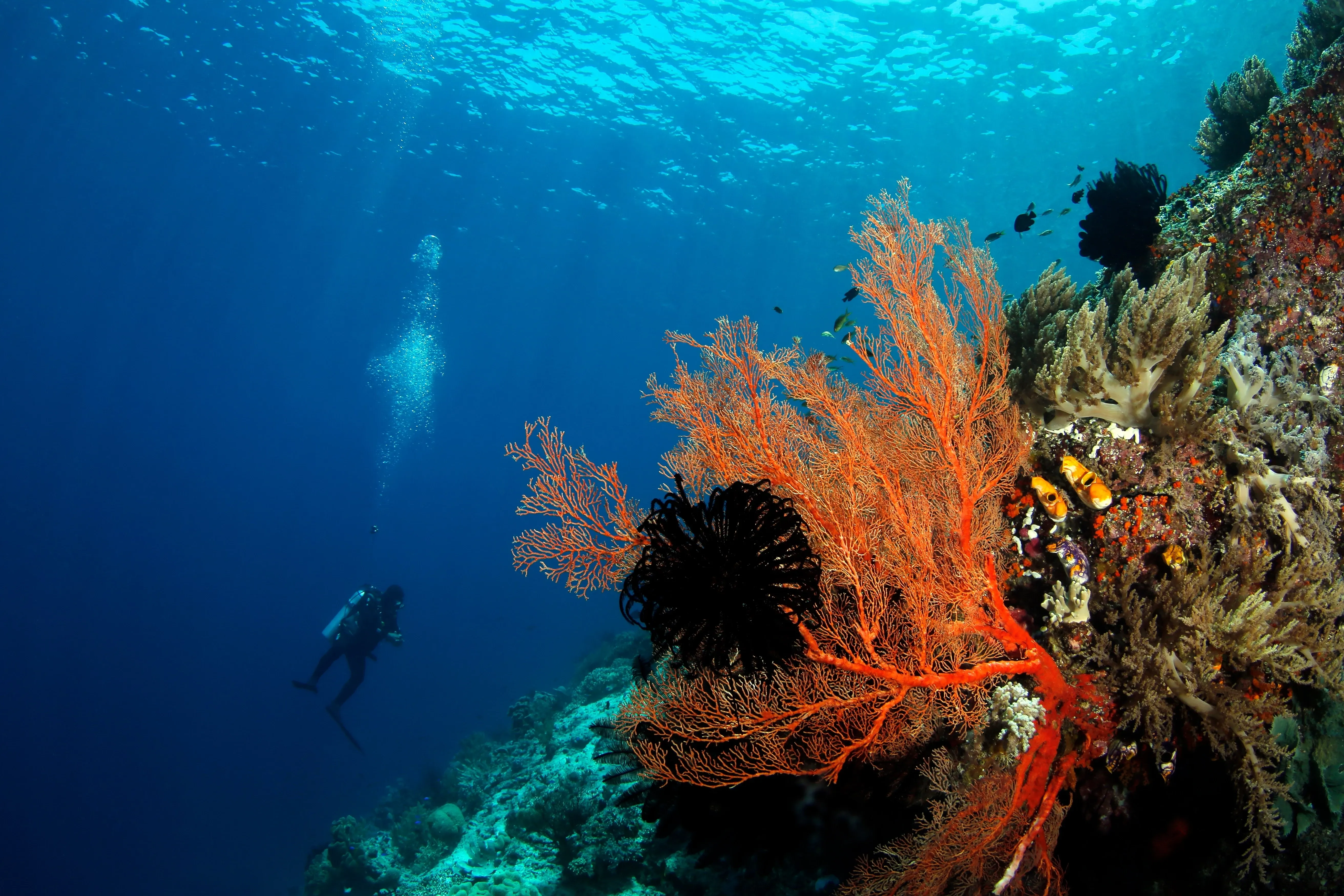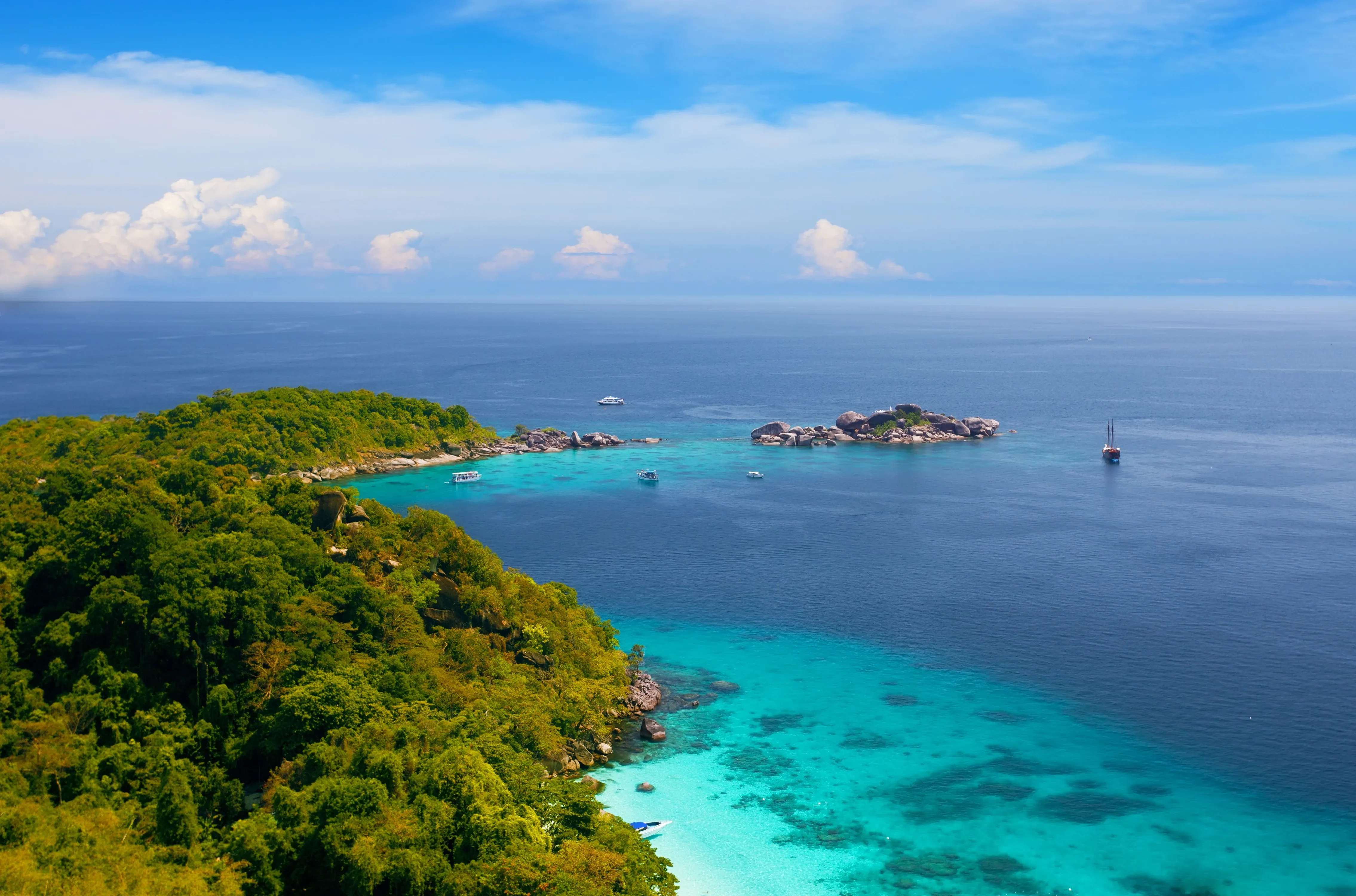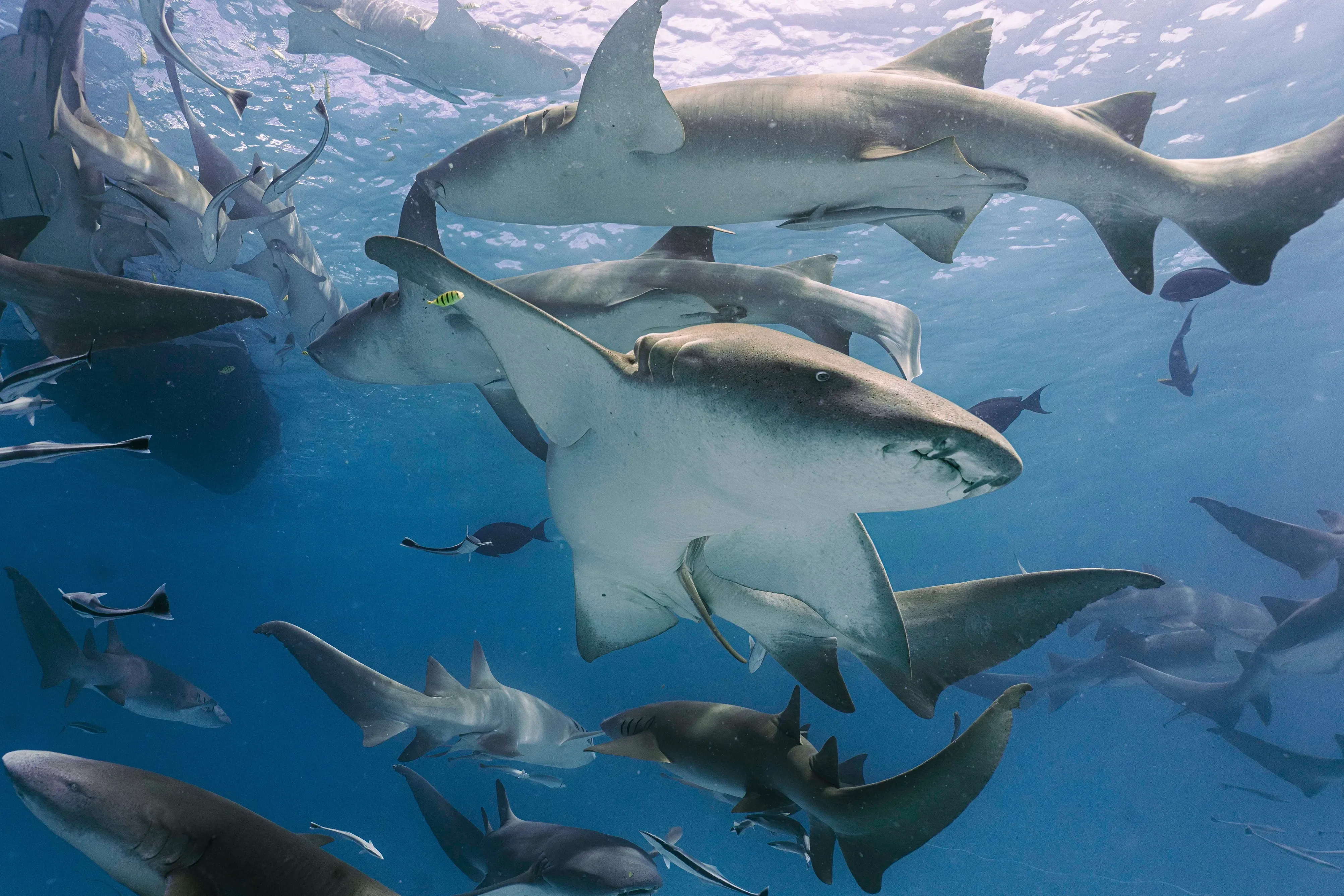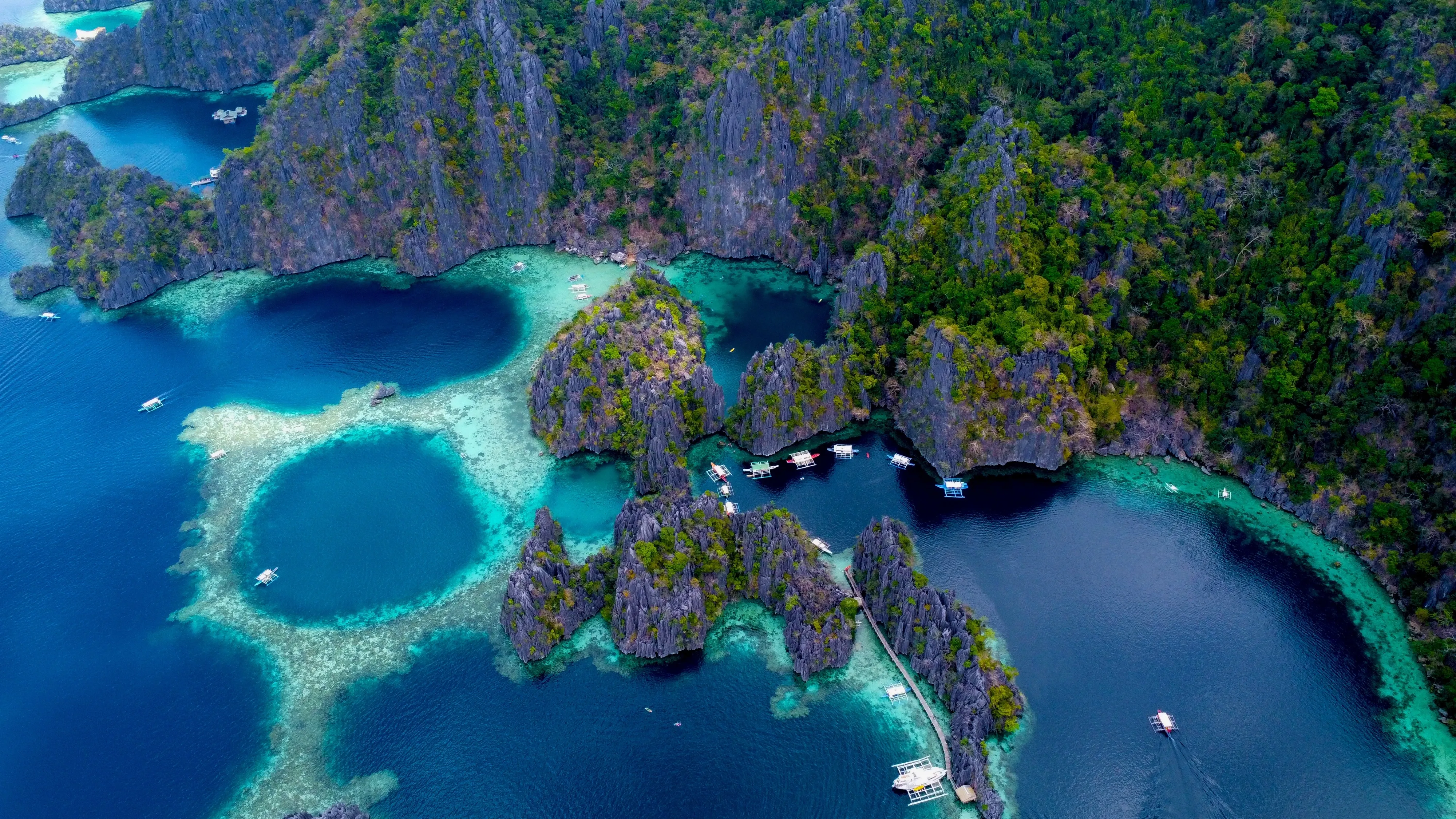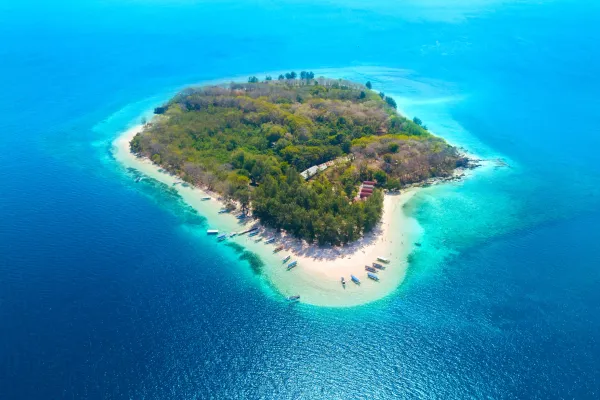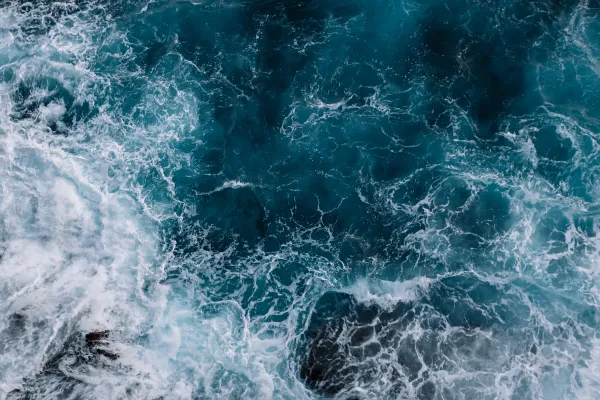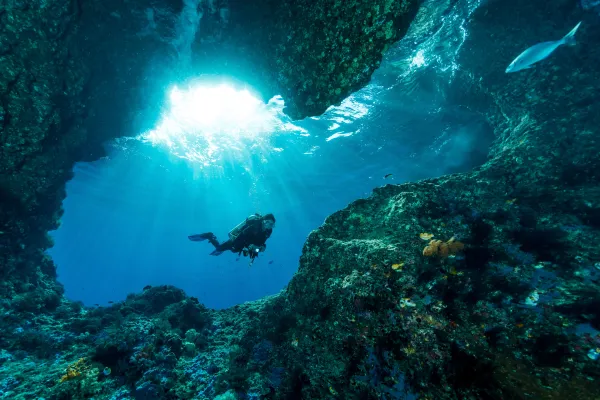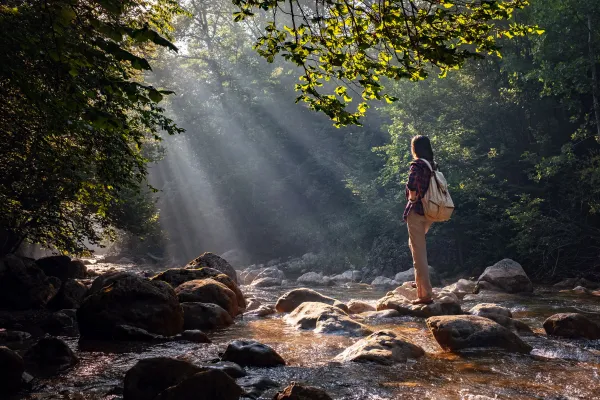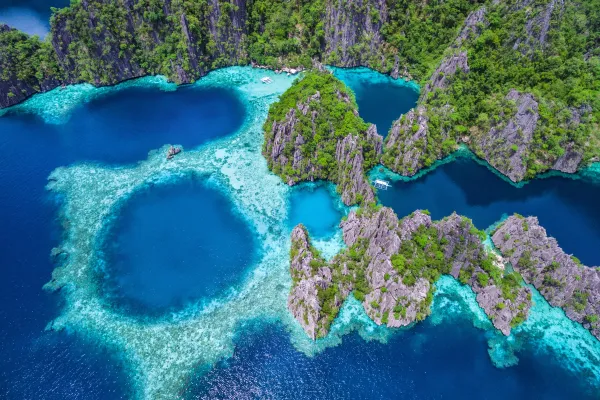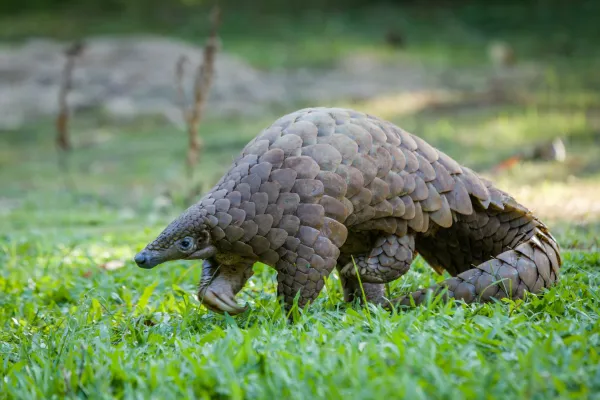Diving into Asia's underwater paradises
From the sparkling depths of the Maldives in the west to the kaleidoscopic reefs of Indonesia in the east, Asia has an endless plethora of marine wonders for every diver to enjoy. The combination of dreamy, palm-fringed beaches, crystal-clear waters, and an immense range of marine life to discover, diving in Asian waters is guaranteed to be a magical experience.
With the bonus of richly historic cultures, incredible cuisine, and warm hospitality, Asia is the perfect destination to base your next scuba dive trip.
Obtaining your dive certification in Asia
Asia is a wonderful place to learn to dive, hosting thousands of accredited dive centres and some of the most beautiful marine environments in the world. If diving in Asia is on your bucket list, there are a range of options available to suit every situation. Once you have located a highly rated scuba centre, you can book a day ‘taster session’ to dip your toe into diving and see if it's for you or go ahead and book your PADI Open Water qualification, which enables you to dive safely under a dive instructor. Most scuba centres will also offer higher qualifications if you want to further your skills during your diving vacation – and what could be better than learning in the paradise of Asia’s marine world?
»Asia's underwater realms are a playground of stunning biodiversity and cultural history, drawing divers to explore its hidden treasures.«
Top five diving destinations in Asia
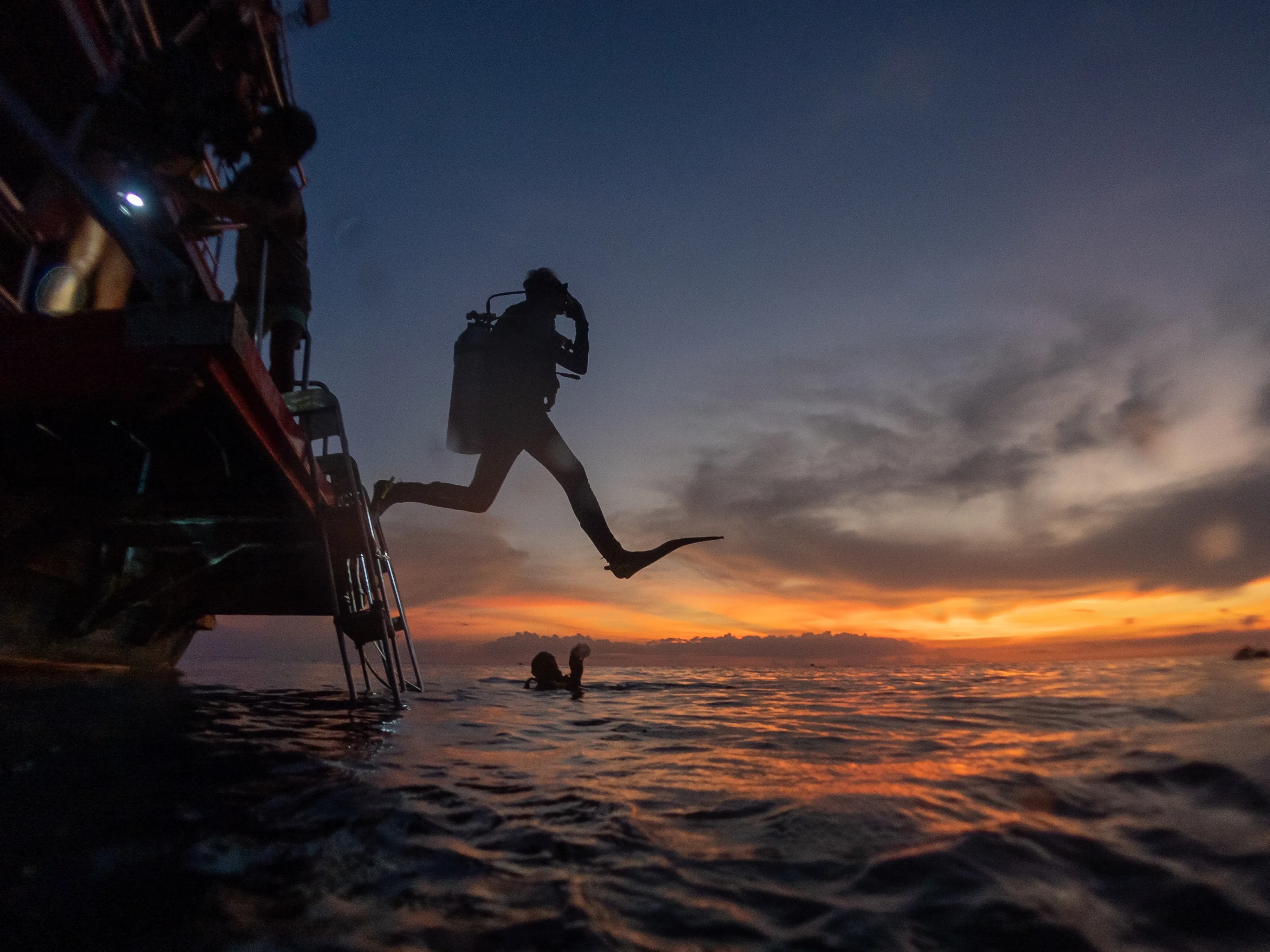
#1 Komodo, Indonesia
The Komodo islands are known for being home to Komodo dragons, but their waters are also brimming with wildlife. Deep indigo waters home to whale sharks, manta rays, groupers, and giant moray eels surround these tropical islands, waiting to be explored by divers of all levels. Cannibal rock contains a microworld of corals and crustaceans, whilst flickering shoals of barracuda and distant outlines of rare sunfish (Mola mola) can be seen in the deeper waters.
#2 Raja Ampat, Indonesia
Smack-bang in the middle of the famous Coral Triangle, Raja Ampat is one of the world’s most biodiverse regions. Soft and hard corals cover the reefs, hosting colourful communities of tropical fish, nudibranchs, and wobbegong sharks. Rare pygmy seahorses can also be found sheltering within their coral homes, and small reef sharks can be seen weaving in and out of the rocks. This region is more popular with small marine fauna, as it is shallower and lacks the deep blue waters required by bigger animals such as manta rays and whales – but it is in no way any less captivating or exciting.
#3 Coron Bay, Philippines
Coron is an island to the north of Palawan and is a top spot for wreck diving. The landscape is a breathtaking sweep of black limestone cliffs topped by lush green jungle – but what lies beneath the water is even more spectacular. An array of Japanese ship and plane wrecks from WW2 lie scattered across the seabed and have become overgrown with life. Corals, fish, eels, and turtles have made this wreckage their home, creating a magical and immersive experience of human history and wild nature, intertwining on the seafloor.
#4 Similan Islands, Thailand
Thailand is well-known as a great location for stunning dive experiences, and the Similan islands are no exception. Dense jungle, white beaches, and aquamarine waters give way to breathtaking seascapes of rocky complexes and unspoiled reefs. Turtles drift over shoals of rainbow-coloured fish, as ribbontail rays bask in the sand and leopard sharks twist their way through the reefs. A true gem, the Similan Islands are a national park and an unmissable diving location for those interested in experiencing a quieter, untouched ecosystem.
#5 Cocoa Thila, Maldives
Cocoa Thila is home to a world-famous shark cleaning station, where sharks congregate to have parasites removed by cleaner fish. This provides the perfect opportunity to experience the natural behaviours of sharks which we cannot often see, whilst surrounded by the magnificent marine life of the Maldivian waters. Manta rays, whale sharks, and leatherback turtles are all common visitors to this area, as well as large shoals of sweetlips and hammerhead sharks.
Responsible scuba tourism
Scuba diving can be a great way to support local communities and marine conservation if done correctly. The first step to achieving a responsible dive trip is to choose an environmentally and ethically responsible tour provider or dive company. This ensures that all dives will be led professionally, locations have been assessed for your own safety and that of encountered marine life, and the general runnings of the company are within environmental regulations.
During your diving experience, ensuring you only wear ocean-safe cosmetic products, such as sunscreen, moisturiser, and hair care products, is important to prevent pollution and damage to organisms in the ecosystems you are visiting. It is also important not to touch, provoke, or chase any marine organism you encounter during a dive – this can be threatening and cause distress to the animal, and as a visitor in their habitat, maintaining respect is essential to keep all interactions safe and positive. You should never try to feed marine life either – this is unnatural or can upset the behaviour of the organisms, encouraging interaction with humans which can have negative consequences.
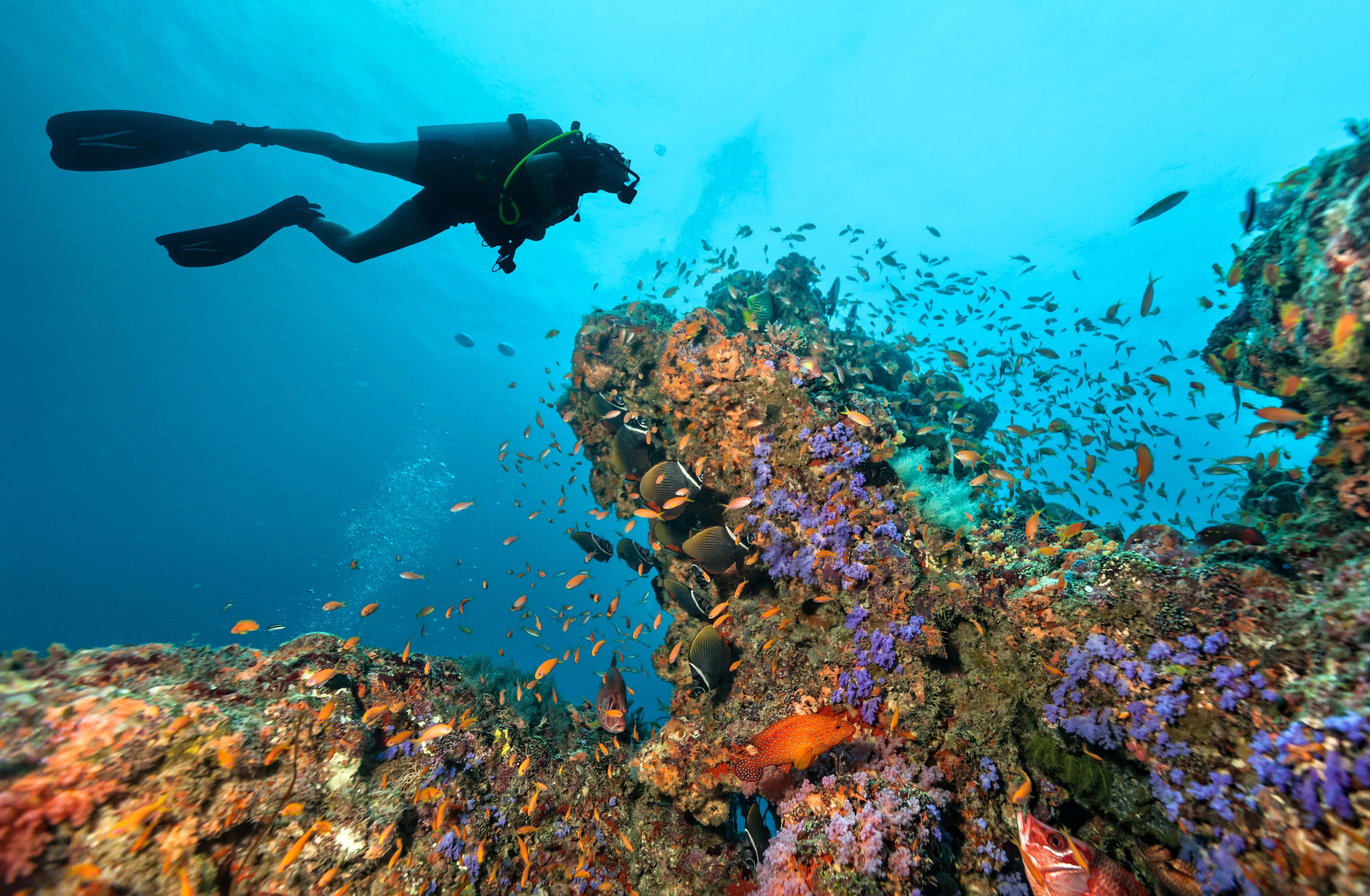
Whilst travelling abroad, single-use plastics can be difficult to avoid – being prepared by packing reusable items such as water bottles, natural-based cosmetics, and buying local produce or eating in local establishments can prevent plastic waste and reduce your environmental impact throughout your travels. Be mindful of your consumption, and where you spend your money, and be sure to leave nothing behind.
Finally, remember to consider and respect the local culture and traditions of the area you are visiting – this can involve eating practices, clothing requirements, removal of shoes, and other rituals which are common practice in Asian cultures. This can be a wonderful way to immerse yourself in ways of Asia further, enhancing your experience, exploring paradises and broadening your appreciation of global cultures which is always enriching.
Sign up for the newsletter
By clicking on “Subscribe now” I will subscribe to the Conscious Explorer newsletter with all the information about mindful travel. Information on the success measurement included in the consent, the use of the shipping service provider MailChimp, logging of the registration and your rights of revocation can be found in our privacy policy.


